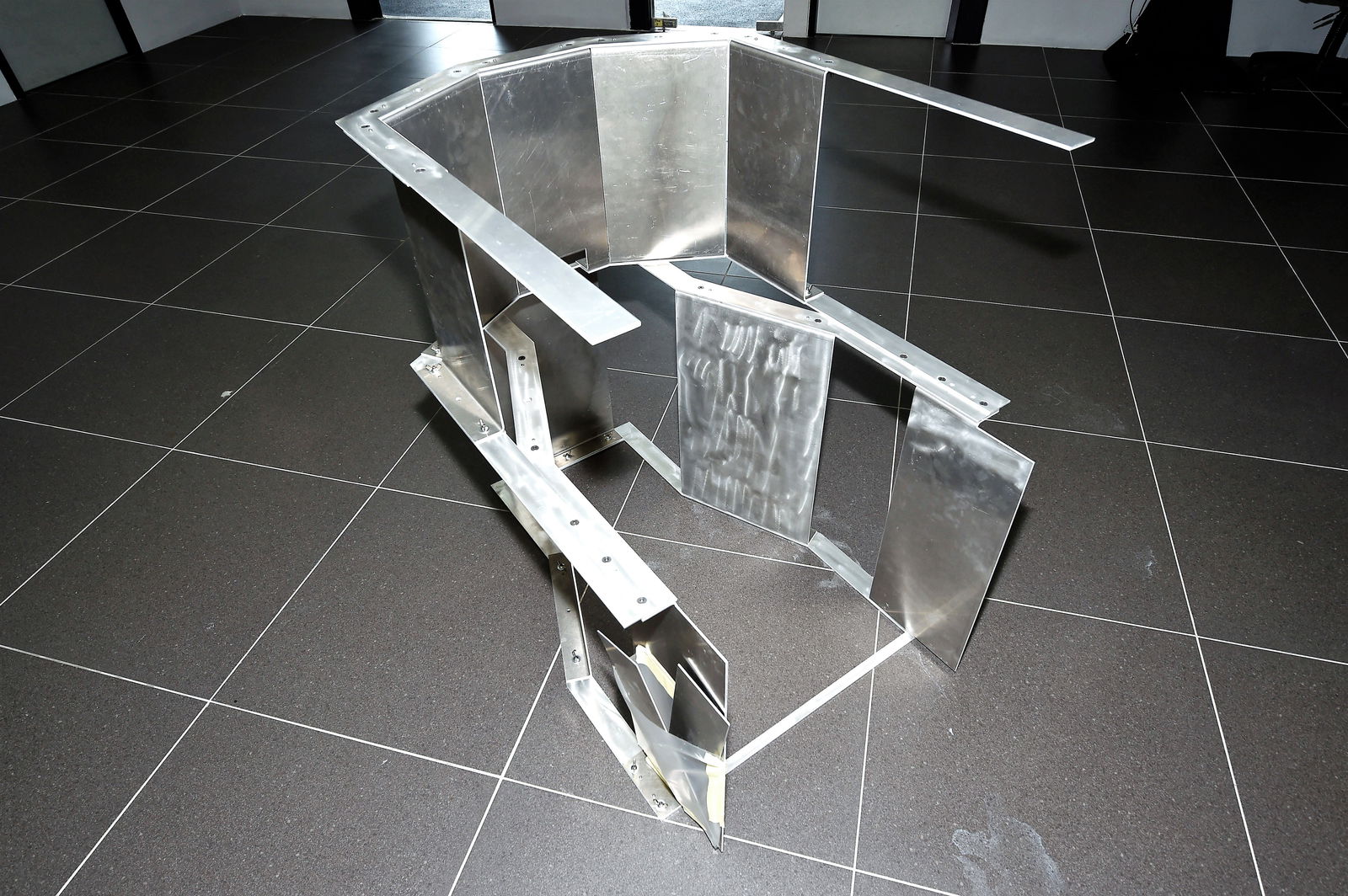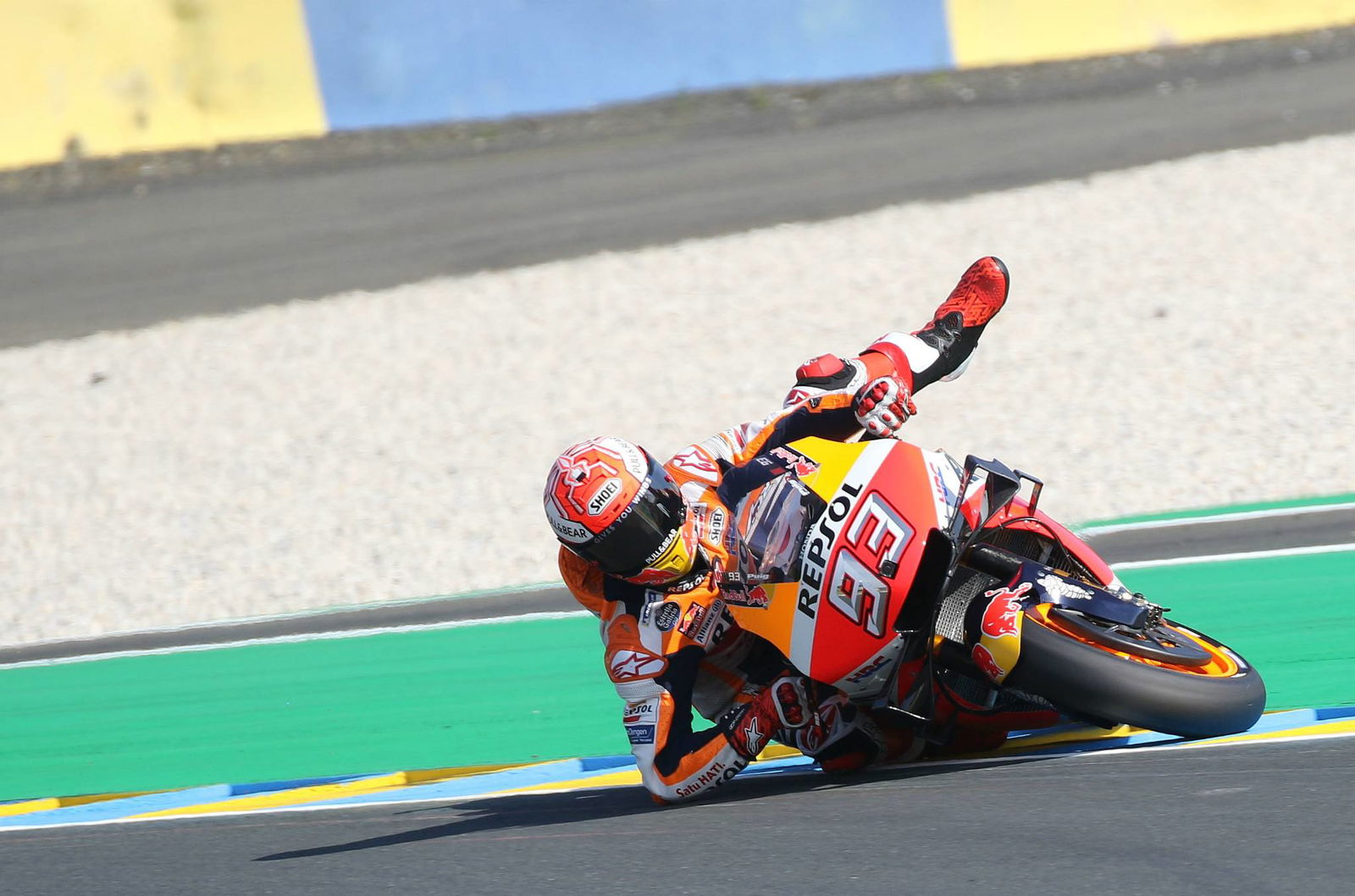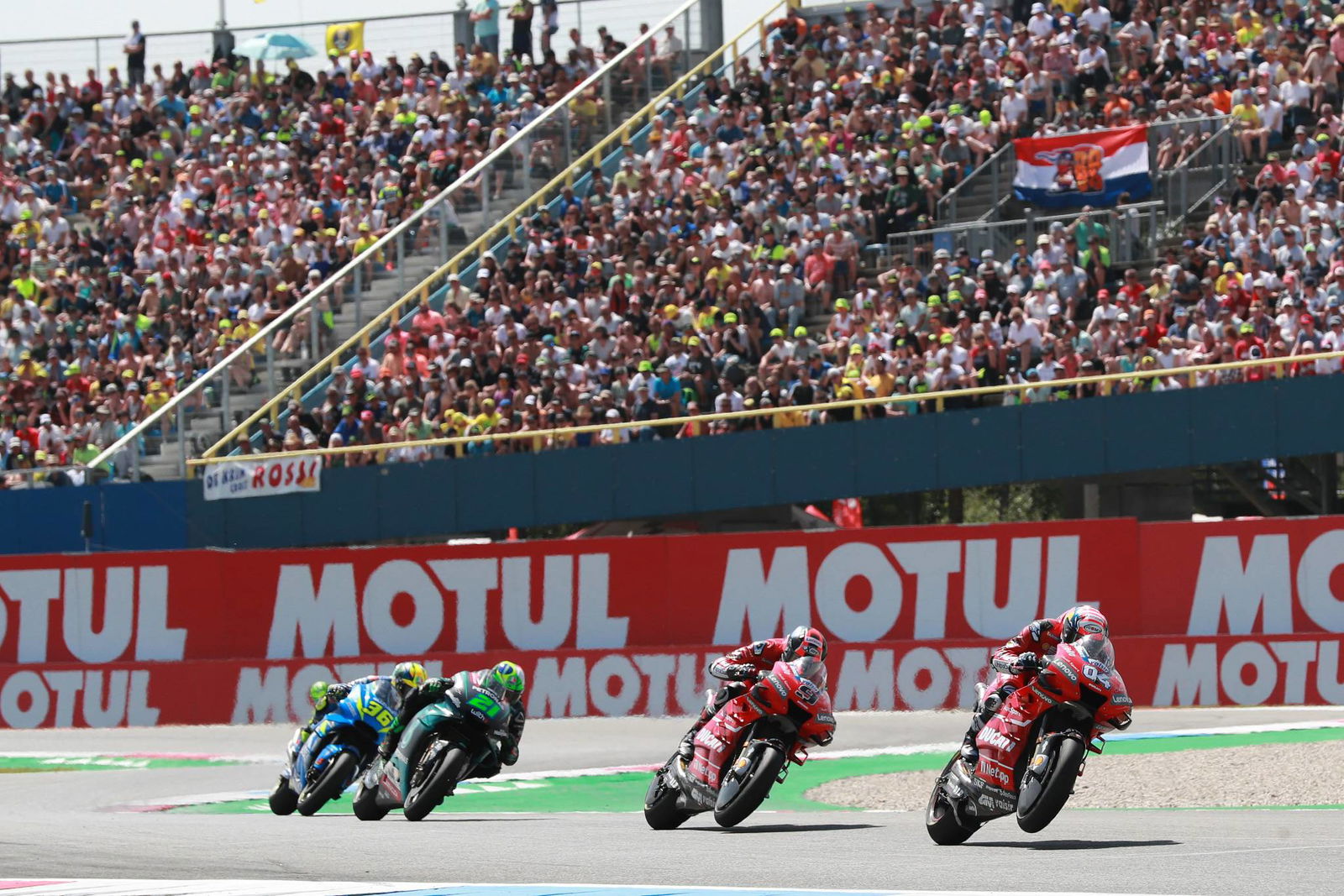MotoGP closes aerodynamic 'grey areas' for 2020
As expected, MotoGP's Grand Prix Commission has agreed stricter aerodynamic rules for the 2020 season.
Four rival manufacturers protested Ducati's use of a swingarm-mounted 'tyre cooler' after the Qatar season-opener and - while the device was ruled legal under the current, deliberately minimal, regulations that rely on Technical Director Danny Aldridge having the final say on aerodynamic parts - the case was an example of why more detailed regulations were needed.

As expected, MotoGP's Grand Prix Commission has agreed stricter aerodynamic rules for the 2020 season.
Four rival manufacturers protested Ducati's use of a swingarm-mounted 'tyre cooler' after the Qatar season-opener and - while the device was ruled legal under the current, deliberately minimal, regulations that rely on Technical Director Danny Aldridge having the final say on aerodynamic parts - the case was an example of why more detailed regulations were needed.
The previous 'grey areas' have now been addressed, although the exact text of the new rules is yet to be published. It thus remains unclear if all of the current fairing designs, plus 'tyre coolers' and wheel covers, will remain legal for 2020.
"After extensive consultation with all manufacturers participating in the MotoGP class the Grand Prix Commission has revised and updated all regulations concerning Aero Body designs," said an FIM statement.
"The new regulations address the 'grey areas' of the previous regulations and also include, where appropriate, specific sections of the 'Technical Director Aero Body Guidelines'.
"The proposal was submitted by the Technical Director in consultation with the FIM and approval of the manufacturers and was therefore approved in its entirety by the Grand Prix Commission.
"Manufacturers now have until the first event of 2020 to design their Aero Body components when the new regulations take effect."
The existing rules define the 'Aero Body' as being: "The portion of the motorcycle bodywork that is directly impacted by the airflow while the motorcycle is moving forward, and is not in the wake (ie. aerodynamic 'shadow') of the rider’s body or any other motorcycle body parts.
"Therefore the Aero Body consists of the two separate components: Front Fairing and Front Fender (Mudguard)."
Only one update to the design of the fairing and fender is allowed, per rider, during the racing season.
A jig, or box shape (see below), is used to check the overall size of a fairing and the aerodynamic devices attached to it.
However, the swingarm is not currently part of the Aero Body rules and Ducati was able to get what four of its rivals called a 'wing' approved by providing data to show that the main purpose of the device was for tyre cooling and any downforce was a secondary effect...
Normal fairing wings were banned on safety grounds at the start of 2018 and the current devices need to be 'integrated' with the fairing, which has come to mean a hollow loop or box-style design.



